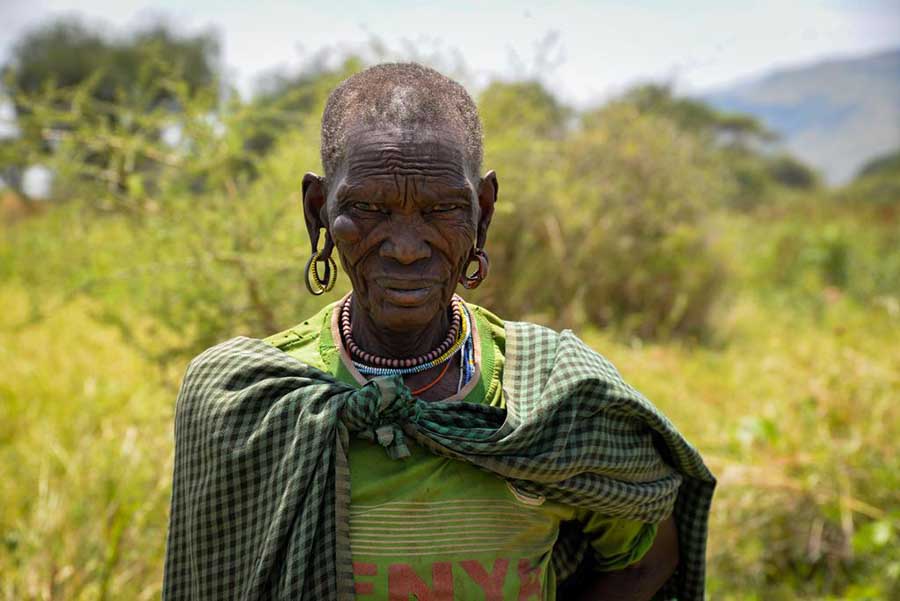
An elder’s recollection of the last time locusts invaded Karamoja

AGGREY NYONDWA
A locust invasion has always been a mystery and a remote reality among the young people in Uganda, until Sunday 9th February when the pests finally arrived in Amudat district in the Karamoja region.
As everyone panicked and rushed to kill and chase the insects, village elders kept their cool and only reminisced the olden days when locusts were much revered and considered a meal, albeit their ravenous destruction.
“The last time I saw locusts in this village was during Idi Amin’s time. (Between 1971-1975) I must have been like 18 years old. We used to eat them. Today, I am shocked to see that they are being sprayed and killed,” said Cheponako Simotra.
She now wonders how much things have changed since her teenage days.
Cheponako and many other older locals in Komoret village believe that locusts are God’s army sent to wipe out sin and misfortune.
She believes that after the locusts, the land would become fresh, pure and fertile again for a long time to come.
“We thought they would never come back. We waited and waited until we gave up. It has taken this long. As much as they destroyed our crops back then, we would be encouraged to plant afresh because we were sure the land is now purer, and the village full of fortune,” said Cheponako who stays with her six grandchildren.
On February 9, she had gone to the well when she heard that the locusts had invaded her village.
She did not panic, but after witnessing everyone else running, she thought they were running to catch the locusts like it was the case during her teenage days.
She was shocked to see an army battalion of men in uniform with giant sprayers aimed at the locusts.
“Back then, there were no pesticides, spraying wasn’t an option. It is good that nowadays they just spray them so easily but I still feel the medicine should not be too strong to kill them, it should only weaken or just chase them away. Killing them is against God’s will,” she reasons.
The locusts in Uganda have so far been sighted in at least four districts in the Karamoja region, including Amudat, Moroto, Nakapiripirit and Abim.
The government has responded by spraying to tackle the insects before they cause aggravated harm in the region.
Aid Agencies like World Vision are on ground to assess the long-term impact of this invasion on the communities and children.
The concerns so far include a likelihood of the locusts staying up to the planting season which is only a month away, and how this will affect food security in the region.
The locusts are also expected to ravage the the same vegetation that provides pasture to livestock in this region.
Over 90% of the Karamajongs depend on livestock and according to the officials in the affected districts, over 3.6 Million animals might be affected.
The post An elder’s recollection of the last time locusts invaded Karamoja appeared first on Nile Post.
0 Response to "An elder’s recollection of the last time locusts invaded Karamoja"
Post a Comment